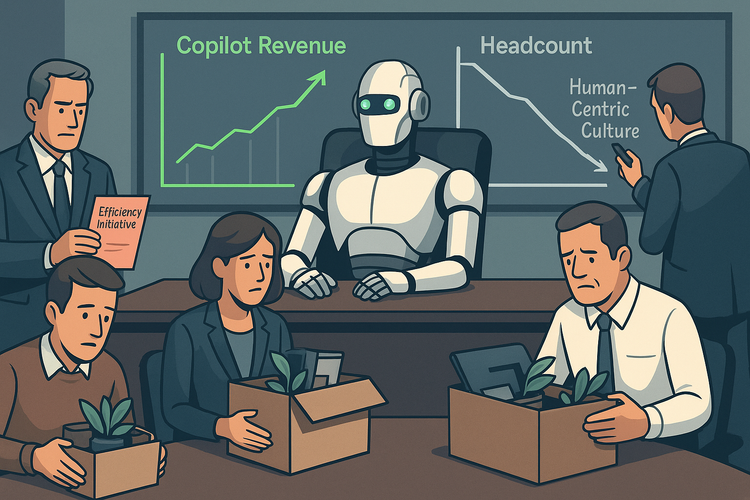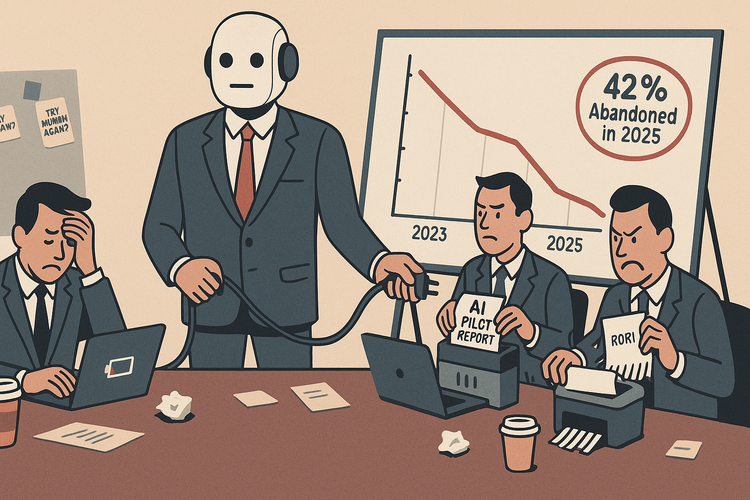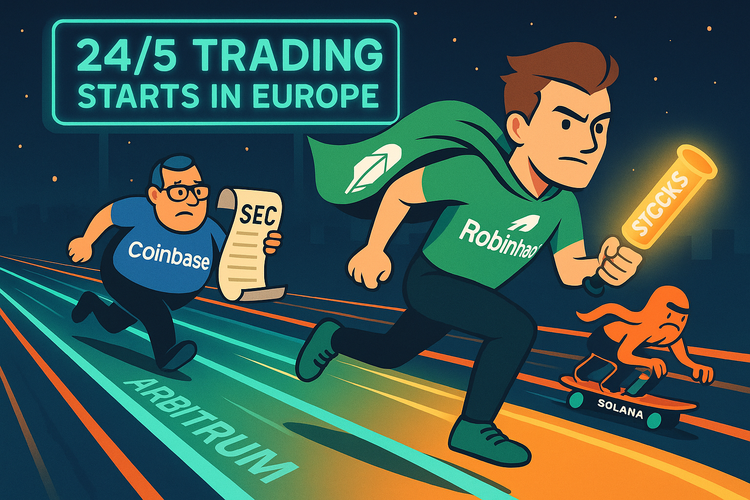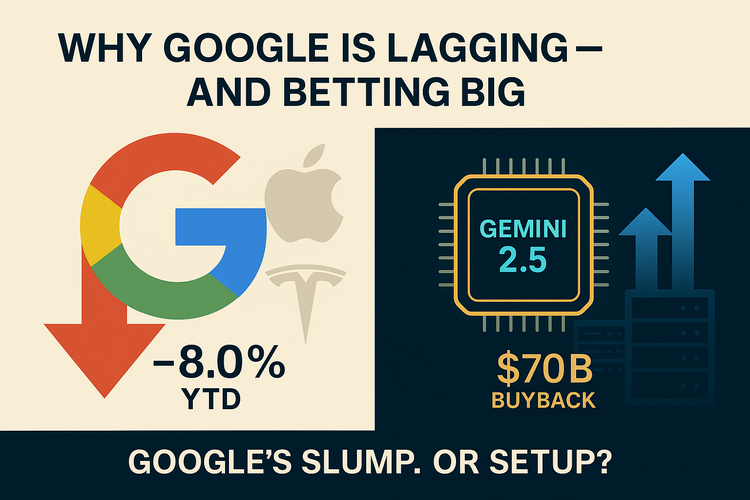Why Canada Killed Its Tech Tax—One Day Before Launch
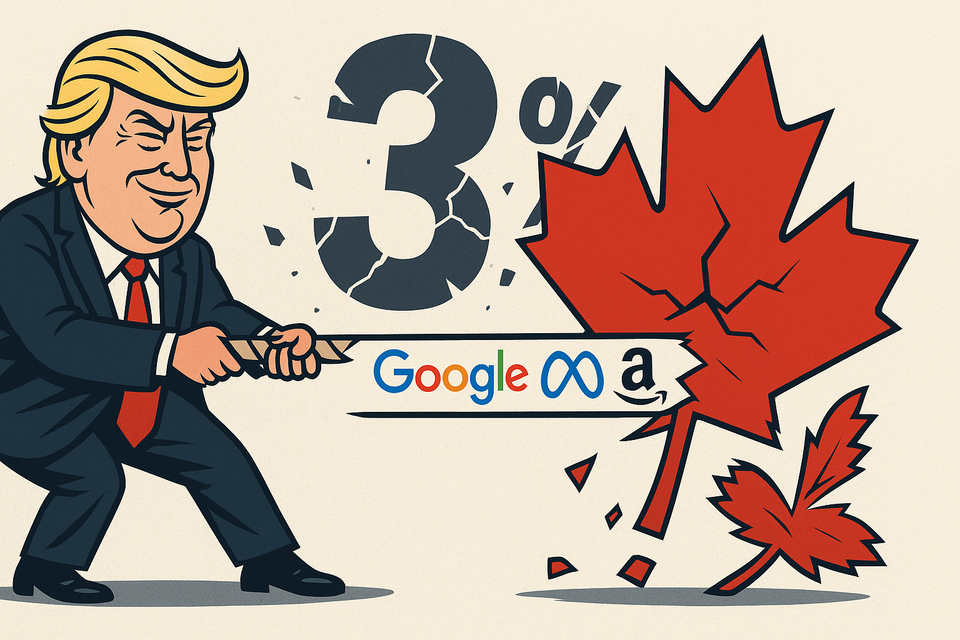
Big Tech wins. Trump gets his tweet. And Canada? It blinks.
Summary
Canada spent four years building a digital services tax to claw back billions from Big Tech.
Then, 24 hours before the first bill came due, it scrapped the whole thing.
Why? Because Donald Trump said “no,” and Canada said “how high?”
This isn’t just about tax—it’s a masterclass in geopolitical leverage and economic priorities.
Introduction:
Canada had a plan. A 3% tax on digital services from giants like Google, Meta, and Amazon—finally a way to make Big Tech pay something, anything, for all those Canadian eyeballs they monetize.
It passed Parliament. It had a retroactive clause going back to 2022. The first payment—about $2 billion—was due June 30, 2025.
But on June 29, Canada pulled the plug. Why? Because Donald Trump got mad on Truth Social.
So... diplomacy wins? Or just good old-fashioned economic coercion?
Trend Breakdown: What Just Happened
| Key Element | Details |
|---|---|
| Tax Rate | 3% on digital revenues from Canadian users |
| Targeted Services | Digital ads, marketplaces, social media, user data monetization |
| Threshold | €750M global revenue + C$20M in Canadian digital revenue |
| Effective Date | June 28, 2024 (retroactive to Jan 2022) |
| Expected Revenue | C$7.2B over 5 years; US$2B due June 30, 2025 |
| Cancellation Date | June 29, 2025 |
| Trigger | Trump’s ultimatum: end trade talks, threaten tariffs |
| Canadian Statement | “To support negotiations for a new economic and security partnership” |
| Tech Company Prep | Google +2.5% DST fee, Amazon billing systems already deployed |
Why It Matters
1. Trump’s Trade Gambit Worked—Fast
The digital tax was years in the making, but vanished in 48 hours after Trump’s trade suspension tweet. This signals a sharp return to Trump-style leverage politics: create chaos, extract concessions, call it victory.
2. Canada’s Message to Big Tech? We Tried.
Ottawa may have passed the law, but it folded when real power showed up. This is less a loss of face and more a cold calculus: you don’t mess with your biggest trading partner when they’re threatening 50% tariffs on your steel, cars, and GDP.
3. U.S. Tech Giants Just Dodged a Multibillion-Dollar Bullet
The biggest platforms already rewired their billing systems. Google was charging a 2.5% DST fee. Amazon was ready with new ad surcharges. All that prep? Gone. Now they just delete a few lines of code and call it a win.
4. The Global Tax Gridlock Continues
The OECD’s Pillar One tax framework is still going nowhere. Europe is doing its own thing. The U.S. wants a pause. Canada’s retreat could embolden other nations to fold too. Or not. France, the UK, and Austria are still happily taxing clicks.
Takeaways
- The most powerful tax policy in Canada is still a U.S. presidential tweet.
- If you're a mid-sized country, you don’t get to tax American tech without consequences.
- Big Tech doesn’t just lobby—they wait for bigger bullies to do the work.
- The OECD’s digital tax plan? Still a mirage. Expect more unilateral moves—and retreats.
- Markets love this. Less tax = more earnings = another reason to bid up Nasdaq.
Sources
- The Hill: Canada drops digital tax after Trump threats
- Bloomberg: Canada cancels digital tax to resume U.S. trade talks
- CNN: Canada rescinds digital tax as Trump suspends trade talks
- Al Jazeera: Canada withdraws digital services tax
- Tax Foundation: Digital tax tracker (Europe)
- Canada.ca: Official DST overview
- PPC Land: Canada caves on DST to move forward with U.S.
- Engadget: Canada caves to Trump, drops tech tax

